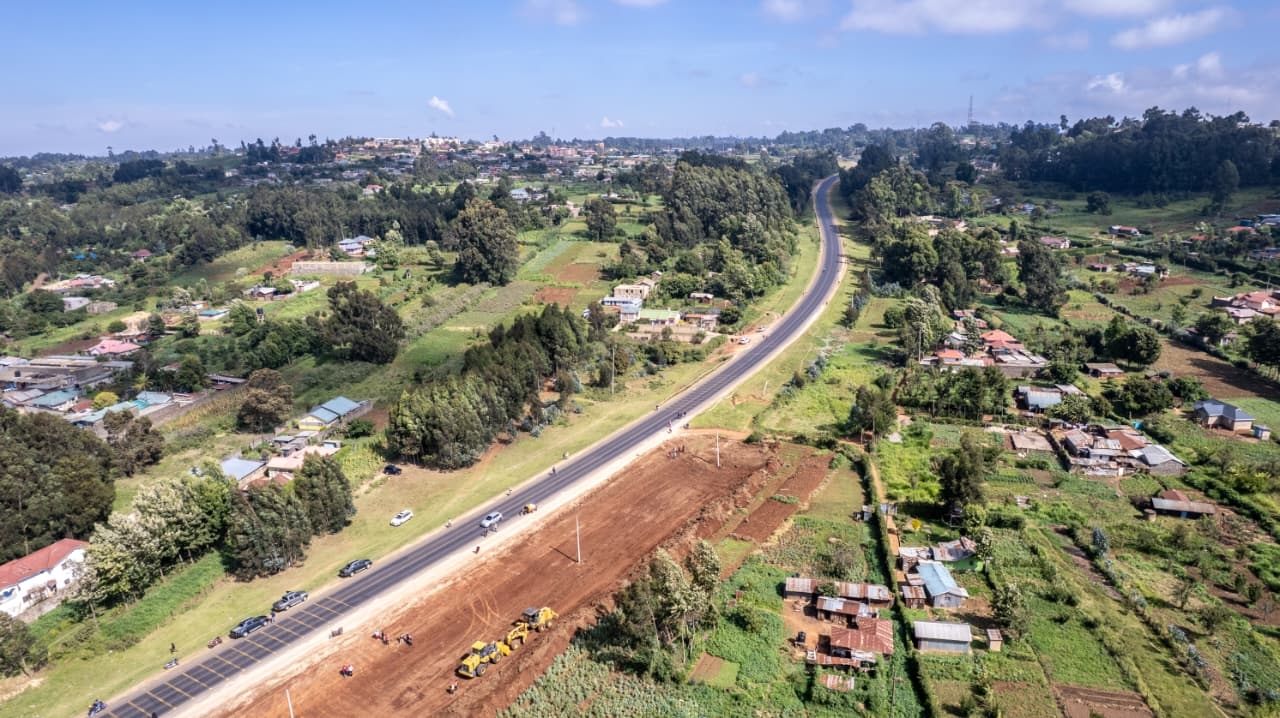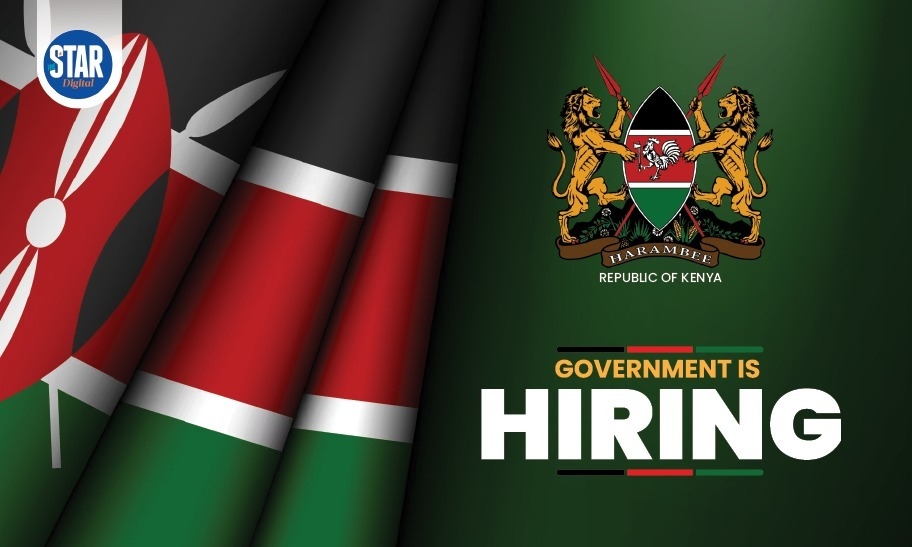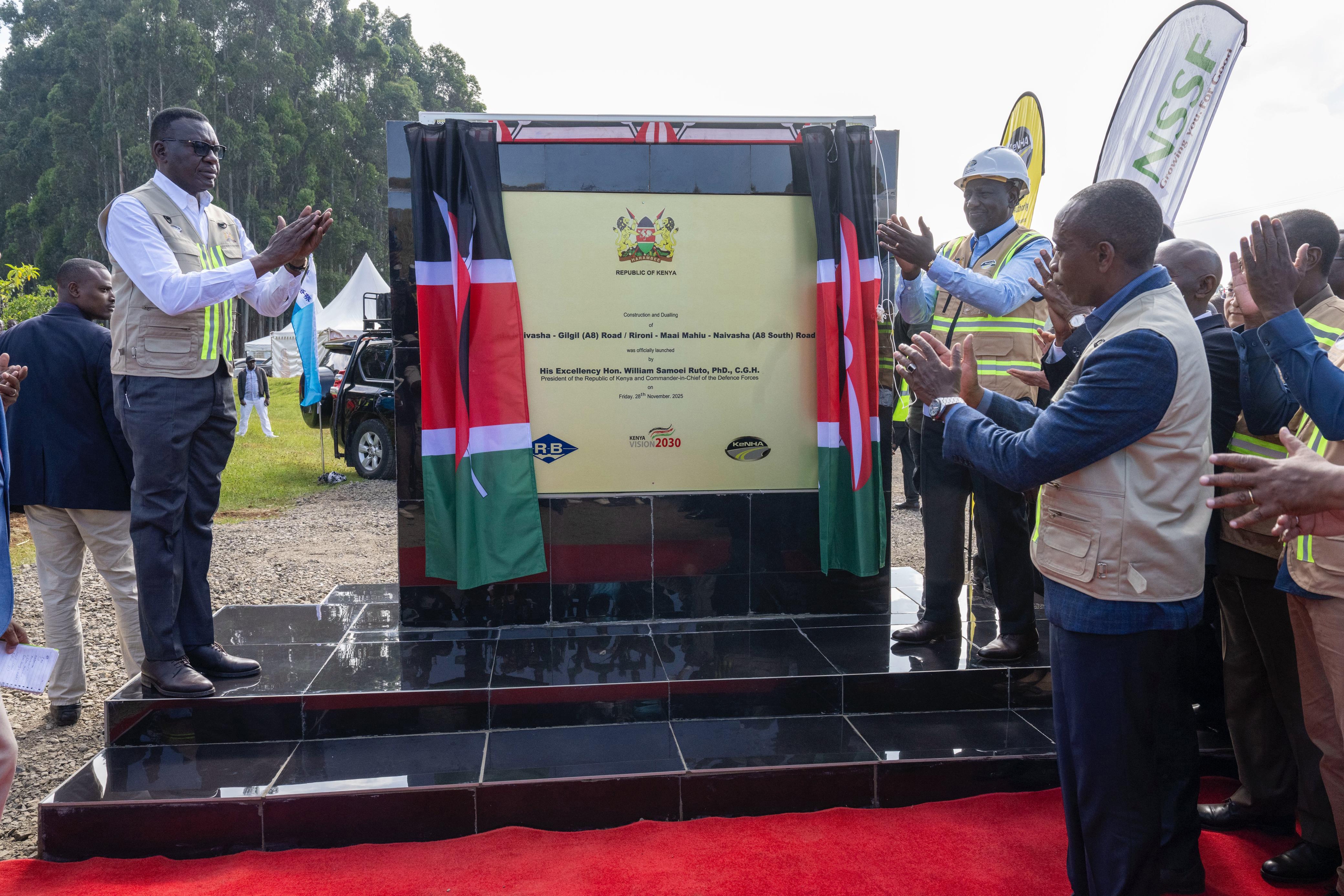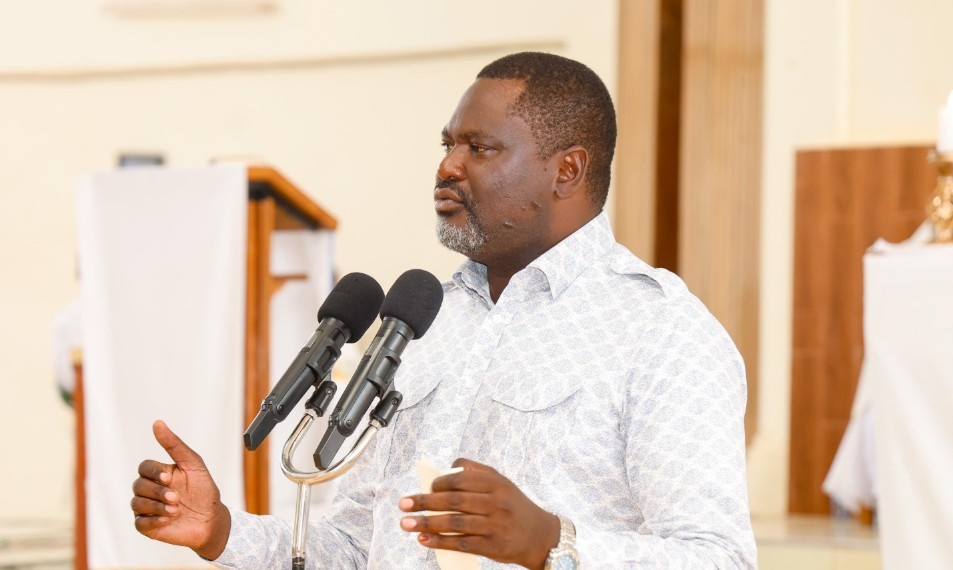It's sometimes described as the sleep from which you may never wake up. That is because sleeping sickness is generally fatal without treatment.
For many years, treatments have consisted of painful injections multiple times a day for many weeks.
The patient would later be punctured in the lower part of the backbone to detect the parasite and see if the treatment has worked.
But now, the first all-round oral treatment of the acute form of sleeping sickness has received thumbs-up from regulating agencies.
This treatment is for adults and children above six years and weighing at least 20 kilogrammes with the first-stage and second-stage of Trypanosoma brucei (T.b.) rhodesiense, the form of sleeping sickness found in Kenya and other eastern African and southern African countries.
The announcement was made by the non-profit medical research organisation Neglected Diseases Initiative, with offices in Nairobi.
Drugs maker Sanofi and a consortium led by the DNDi said the European Medicines Agency (EMA) has adopted a positive scientific opinion of the drug, Fexinidazole Winthrop, as the first oral treatment of the acute form of sleeping sickness in the region.
Sleeping sickness is also known as trypanosomiasis.
The opinion follows an application by Sanofi for clinical trials conducted in Malawi and Uganda, led by DNDi.
Sleeping sickness comes in two forms, one common in East and southern Africa (rhodesiense) and the other one (gambiense) in West Africa.
The drug is already approved for the form found in West Africa.
Both forms of sleeping sickness are transmitted by the bite of infected tsetse flies, which in Kenya are common in Lambwe Valley.
When people are first infected, their symptoms can look a lot like malaria, but when the infection reaches the brain, patients can develop behavioural issues, paralysis and severe sleep disturbances.
According to the World Health Organization, early diagnosis is important to avoid progressing to the neurological stage with more complex and risky treatment.
Kenya has not recorded a case of human trypanosomiasis since 2012 but remains at risk because of climate change.
Dr Westain Nyirenda, who led the clinical trial in Malawi, said until now, due to the lack of innovation for the East African strain of sleeping sickness, old and toxic treatment options have to be administered in a hospital under strict surveillance.
“Having a simple and safer oral pill to treat this frightening disease will allow doctors to rapidly save lives. It will also help patients to trust the new treatment,” he said.
Dr Ibrahima Fall, the director of neglected tropical diseases at the WHO, said climate change is shifting the geographical spread of vector-borne diseases such as sleeping sickness.
“These shifts disproportionately affect the most vulnerable communities, underscoring the urgency of sustained investment in programs addressing NTDs. This includes the development of innovative tools and improved treatment methods,” Ibrahima said.
The new treatment, Fexinidazole Winthrop, is indicated as a 10-day, once-daily oral treatment.
Data from DNDi’s Phase 2/3 clinical trial showed that it was highly effective in treating the East African form of sleeping sickness and is a safe alternative to the existing drugs.
In periodic follow-up evaluations that continued for 12 months after treatment, only one patient (2.94 per cent) with the advanced form of the disease had relapsed and required treatment with the arsenic derivative that is the standard of care for patients with the most severe stage of the disease.
While humans are the main host of the parasite, trypanosiasis is a zoonotic disease, meaning that the infection can spread from animals to humans.
The PS state department for Livestock Development Jonathan Mueke said Trypanosomiasis continues to negatively impact on agricultural productivity in Kenya.
“Tsetseflies is a transboundary problem, affecting agriculture, tourism and public health sectors and there is need therefore to establish focus and direction in the fight against tsetse and Trypanosomiasis at regional and continental levels,” he said recently.
According to the WHO, globaly, human trypanosonomiasis occurrence reached a historic low under 2000 cases in 2017 and under 1000 cases in 2018, remaining below that threshold as of 2022.











![[PHOTOS] Ruto present as NIS boss Noordin Haji's son weds](/_next/image?url=https%3A%2F%2Fcdn.radioafrica.digital%2Fimage%2F2025%2F11%2Ff8833a6a-7b6b-4e15-b378-8624f16917f0.jpg&w=3840&q=100)

